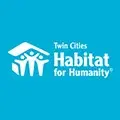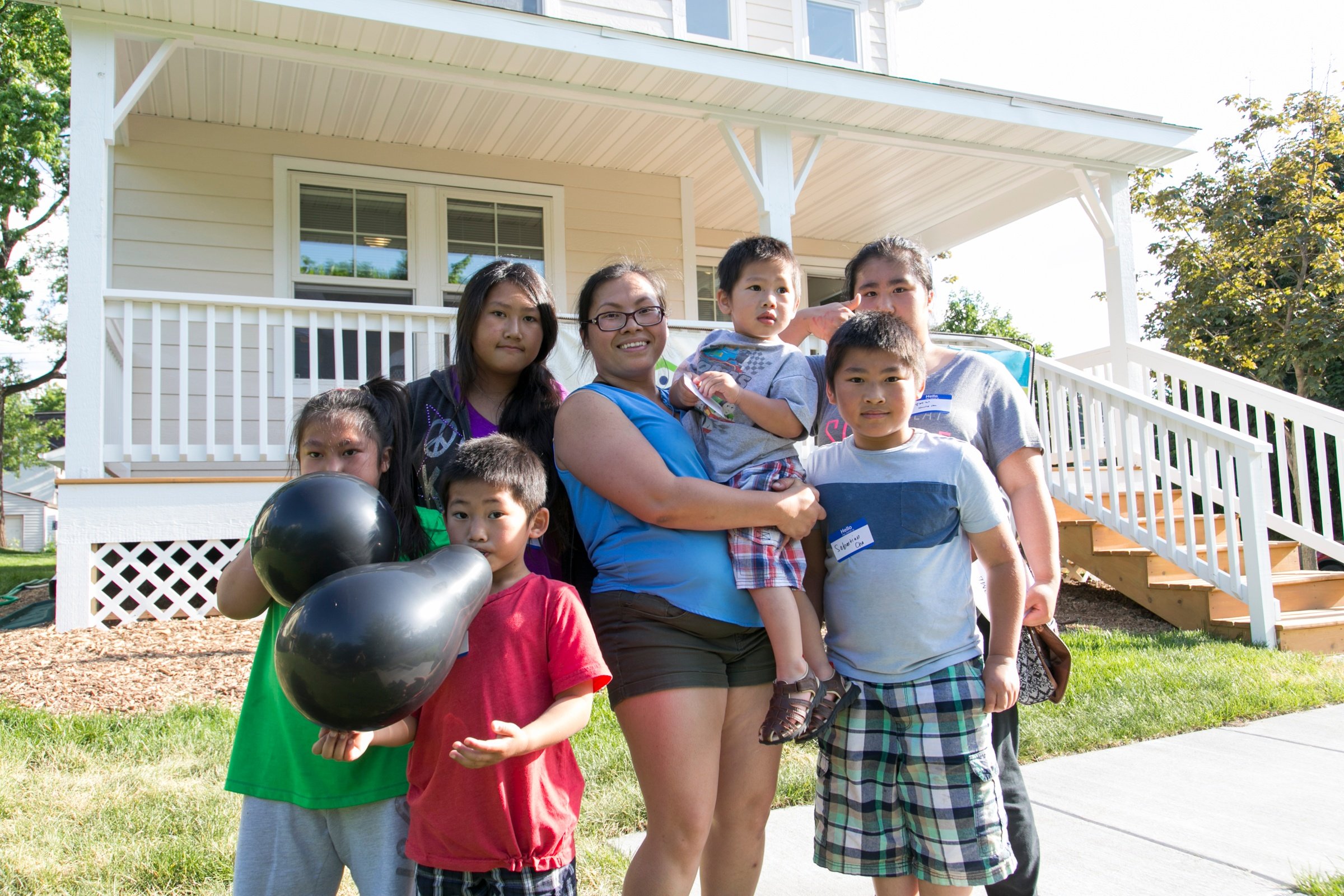Celebrating National Homeownership Month with our Homeowner Photo Contest Entries
We continue to process the pain and hope of our nation’s uprising for racial justice amid a global health crisis. You can see our recent statements...
3 min read
 Guest Blogger
:
1:28 PM on June 14, 2019
Guest Blogger
:
1:28 PM on June 14, 2019
-2.jpg)
As part of National Homeownership Month, we're sharing educational resources for homebuyers and homeowners written by some of our closest partners. This post was provided by the Minnesota Homeownership Center, which promotes and advances successful homeownership in Minnesota.
Guest blog written by Bill Gray, Stakeholder Relations Director, Minnesota Homeownership Center
Understanding how homeowners insurance works is an important part of successful homeownership.Remember when you bought your home and signed your name on all those different forms? Part of what you agreed to was maintaining an active insurance policy on your home for the life of your mortgage.
-2.jpg?width=600&height=338&name=Blog%20Insert%20(22)-2.jpg)
A portion of your monthly mortgage payment typically goes into an escrow account maintained by your lender, and some of these funds are used to pay the premiums. Because you don’t actively pay a bill each month, it’s an easy thing to forget about. But providers do mail information on policy renewal each year, and it’s smart to take a look at this document and see how this critical financial protection is working for you.
The main information you want to understand is contained on what’s called the declarations page – typically at or near the top of the policy renewal packet. Here you’ll see what you’re covered for regarding the dwelling (the home itself), other structures (such as a detached garage), personal property (your furniture and belongings), loss of use (what you’re entitled to in the event the dwelling is uninhabitable for a period of time following a claim), and liability protection (which protects you from lawsuits for injury or property damage resulting from things that happen to others while on your property).
Take a look at the coverage amounts and the deductibles indicated. Are you comfortable with what you see? If you have any questions, your insurance provider can walk you through everything and discuss any changes that might make sense.
-2.jpg?width=600&height=338&name=Blog%20Insert%20(23)-2.jpg)
At some point during your homeownership tenure, you likely will need to file a claim with your insurance company. Maybe you’ll be faced with storm or fire damage, or maybe items of value will be stolen from your car. (Yes, items stolen from your car may be covered by your homeowners insurance policy.) The good thing here is you’ll be covered – that’s why you have insurance!
You’ll be responsible for your deductible, and you’ll be covered for the remaining amount of the loss. This is where coverage amounts are important – in the rare event of experiencing a total loss, you don’t want to discover that you’re underinsured. That’s why periodically reviewing this information is important. Again, your insurance company will be happy to discuss things with you anytime. A trusted insurance company is a great resource to have on your side.
Here are a few points on ways to reduce insurance premium costs – as well as strategies to avoid:
DO – Consider higher deductibles.
Each claim you make, regardless of the amount, increases your risk rating which can in turn lead to higher premiums. A higher deductible not only reduces your premium, it also raises the cost threshold on when it makes sense to file a claim. Cosmetic interior wall paint damage from an ice dam may be eligible for a claim when you have a low deductible, but you may end up paying more over the long term through increased premiums.
DON’T – Base your dwelling cost coverage amount on your home’s market value.
You need to be covered for replacement value to ensure you’re made whole for any losses you may suffer. This is especially important today as the material and labor costs associated with building new homes is at an all-time high.
DO – Look at your coverage for “other structures.”
Often this is a required percentage based on your dwelling coverage value, but if you have the option of a lower amount that you’re currently paying, and you have no other structures because your garage is integrated into your dwelling, choose that lower amount!
DON’T – Change insurance companies every year to get the cheapest premiums.
While shopping around is beneficial, you need to find a company and agent that you trust to take care of you if you suffer a loss. In addition, many companies offer longevity discounts for customers with no or few claims over a given number of years.
DO – Consider bundling your insurance needs.
This is one of the best and easiest ways to reduce your premiums. By bundling your insurance needs (home, auto, life) with a single provider, you can receive significant premium discounts overall.
DON’T – Depend on being covered for full replacement value of your furniture and belongings (personal property), basement water damage caused by weather or sewer backup, or losses associated with a business operating from your home.
Personal property is covered based on its current value, and these other two items require separate policy riders with associated separate monthly costs.
Insurance may be a boring topic, but understanding the basics will help you avoid any unpleasant surprises if you ever need to make a claim.
Read more helpful content on Minnesota Homeownership Center's Welcome Home Blog.
The Minnesota Homeownership Center empowers smart homeownership choices through education, research and partnerships grounded in the belief that sustainable homeownership has an essential role to play in fostering diverse, vibrant communities statewide.
Your gift unlocks bright futures! Donate now to create, preserve, and promote affordable homeownership in the Twin Cities.

We continue to process the pain and hope of our nation’s uprising for racial justice amid a global health crisis. You can see our recent statements...

Every person who wants to become a homeowner has a different reason to pursue this dream. Some want the stability that comes with knowing you won’t...

Congratulations, you’re a homeowner! You paid your down payment, signed on the dotted lines, and are now holding the keys to your very own home. But...